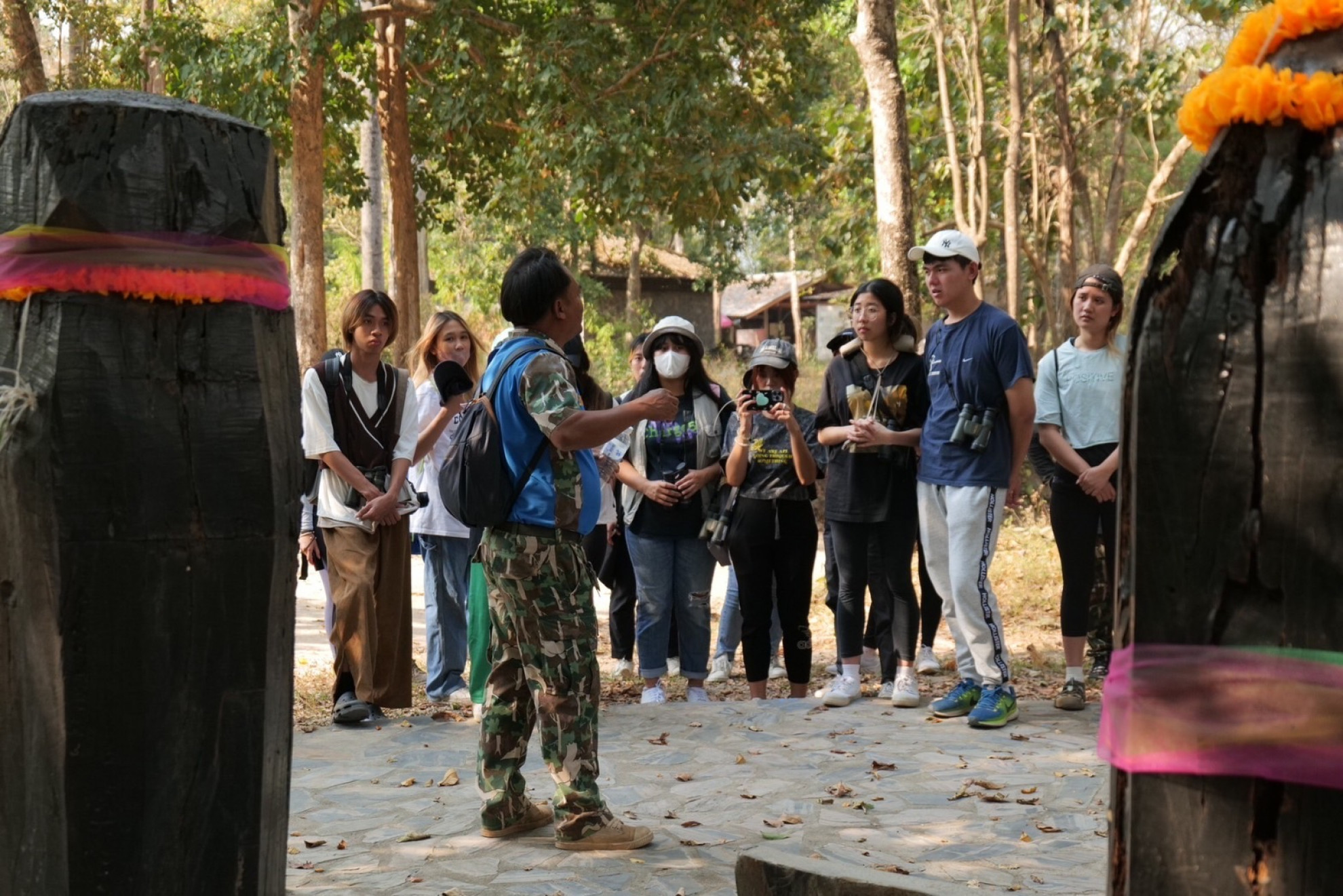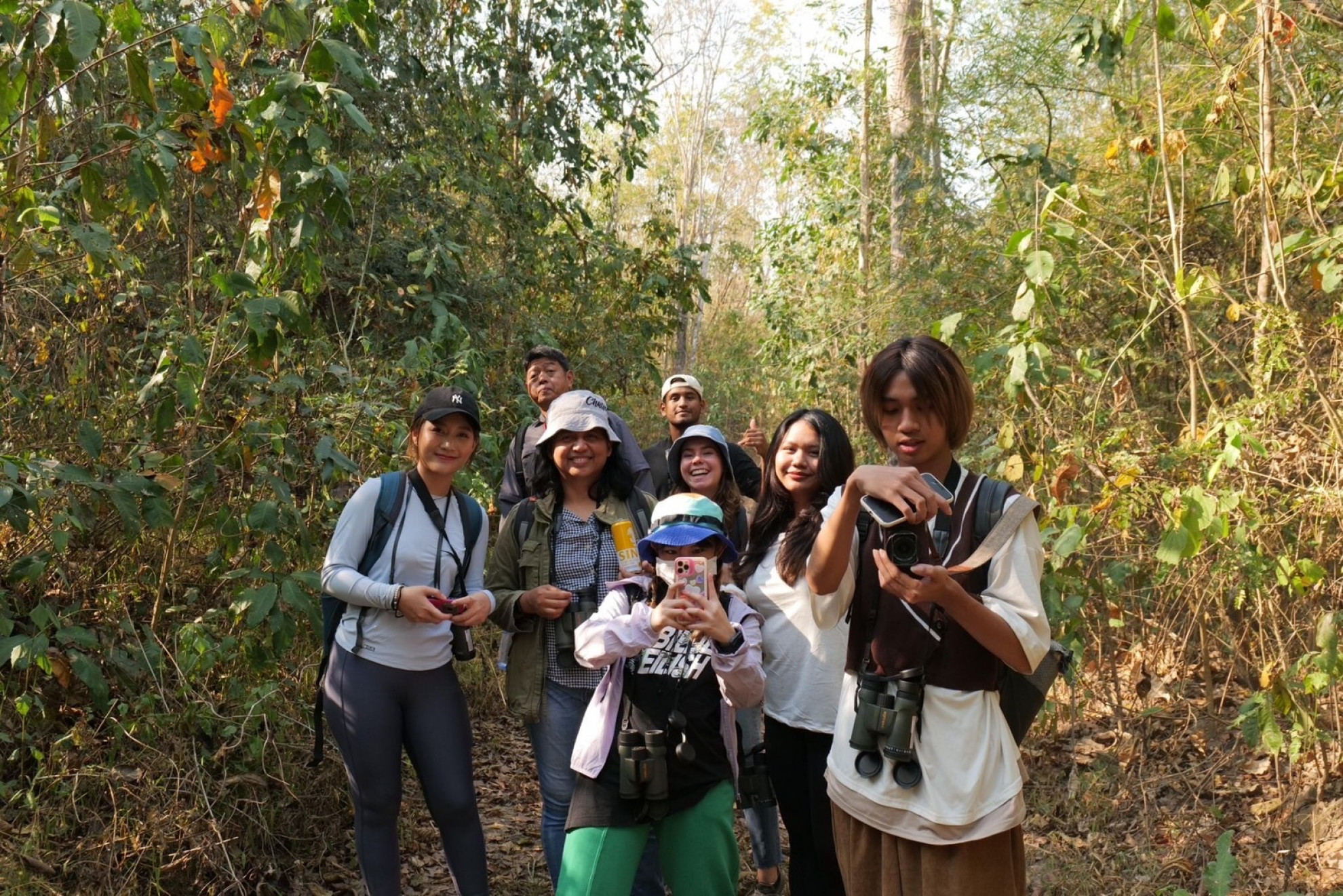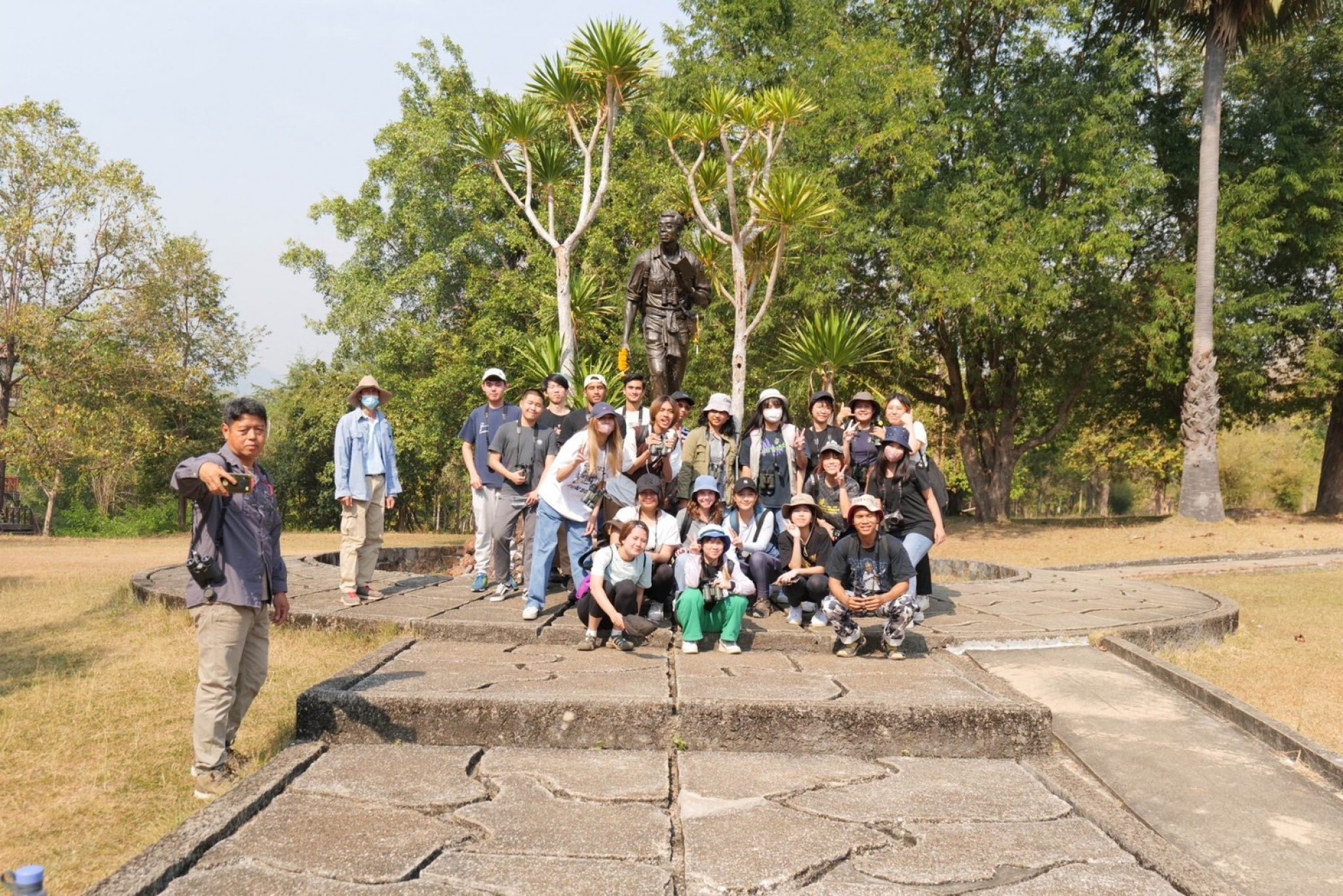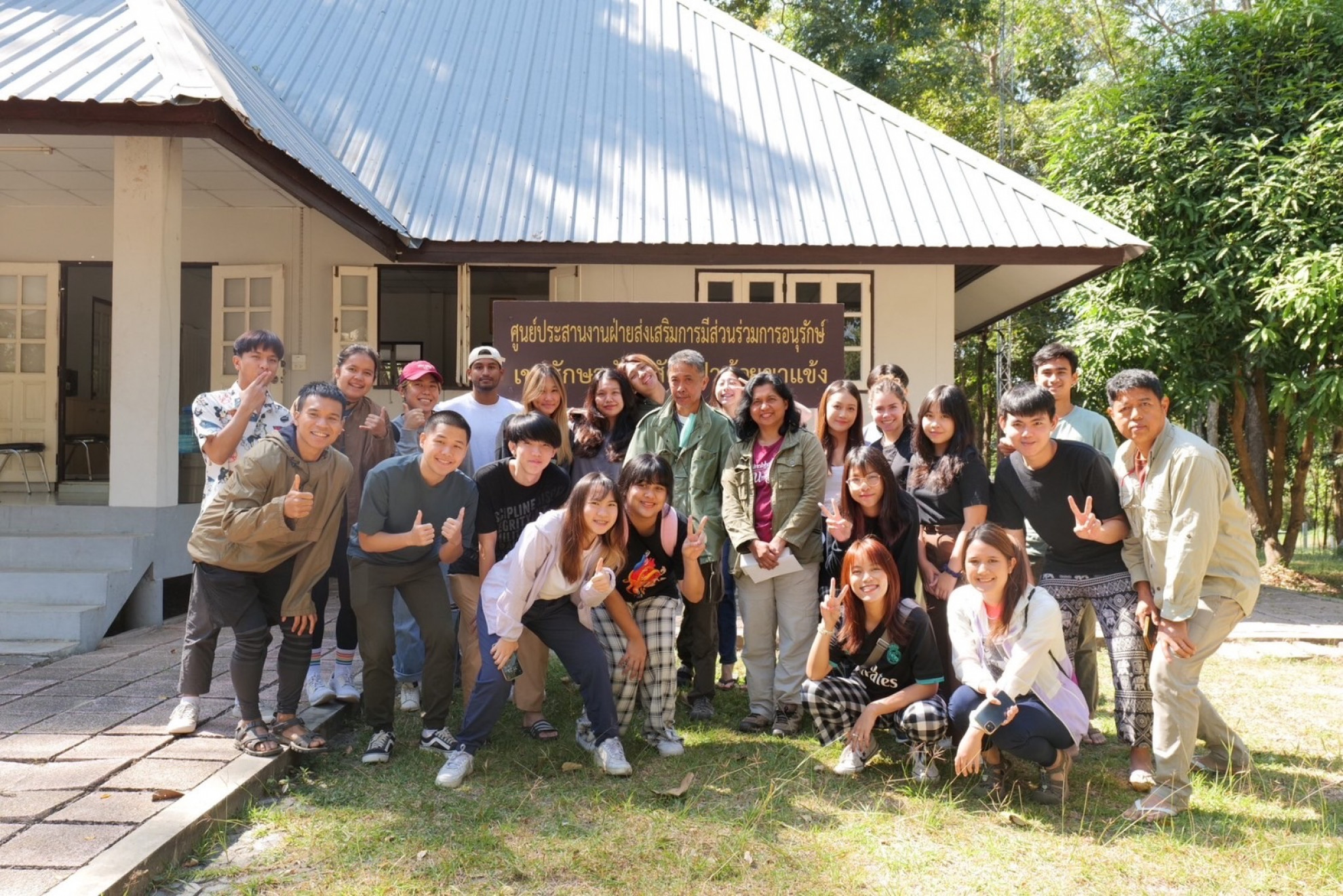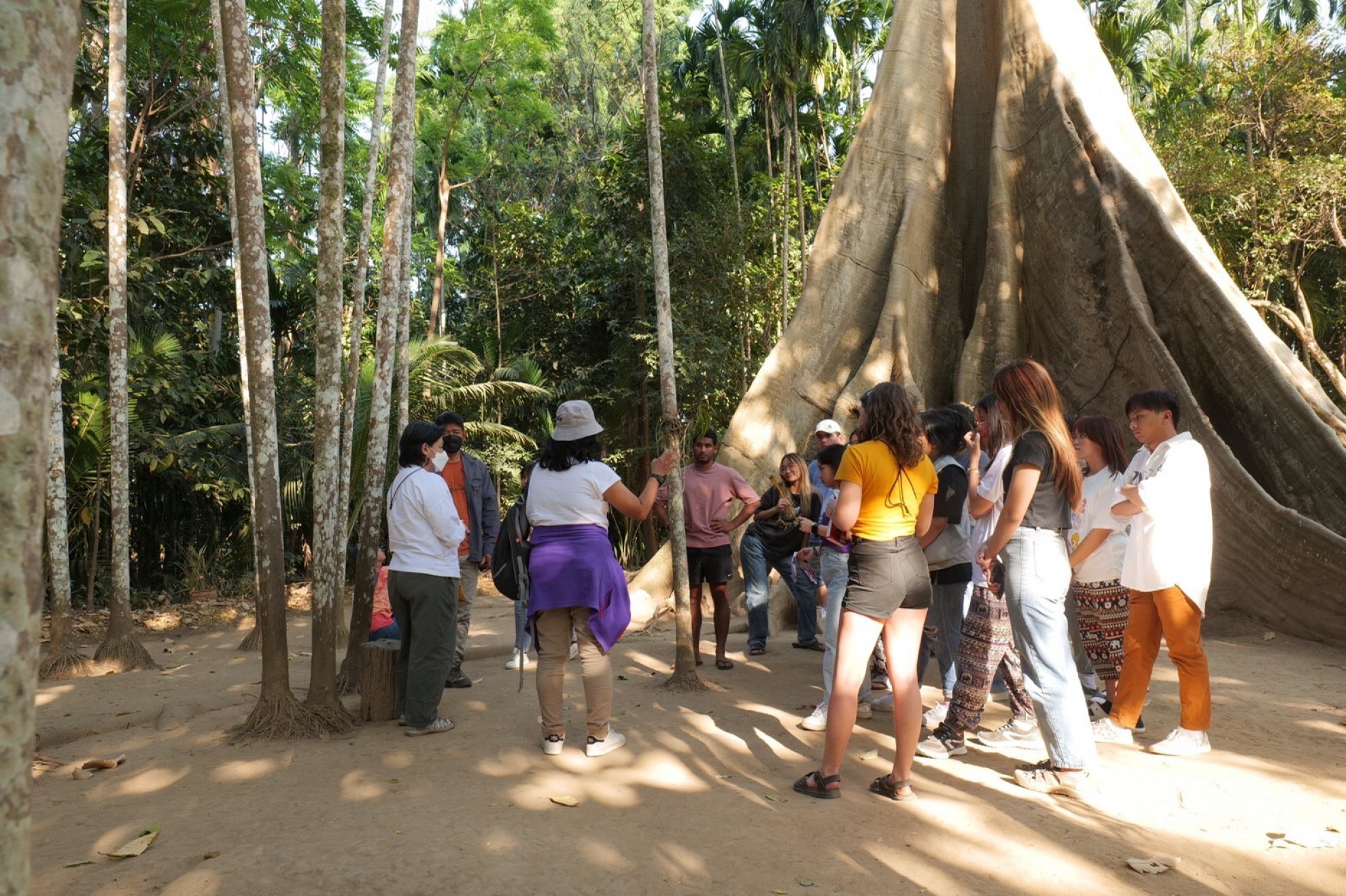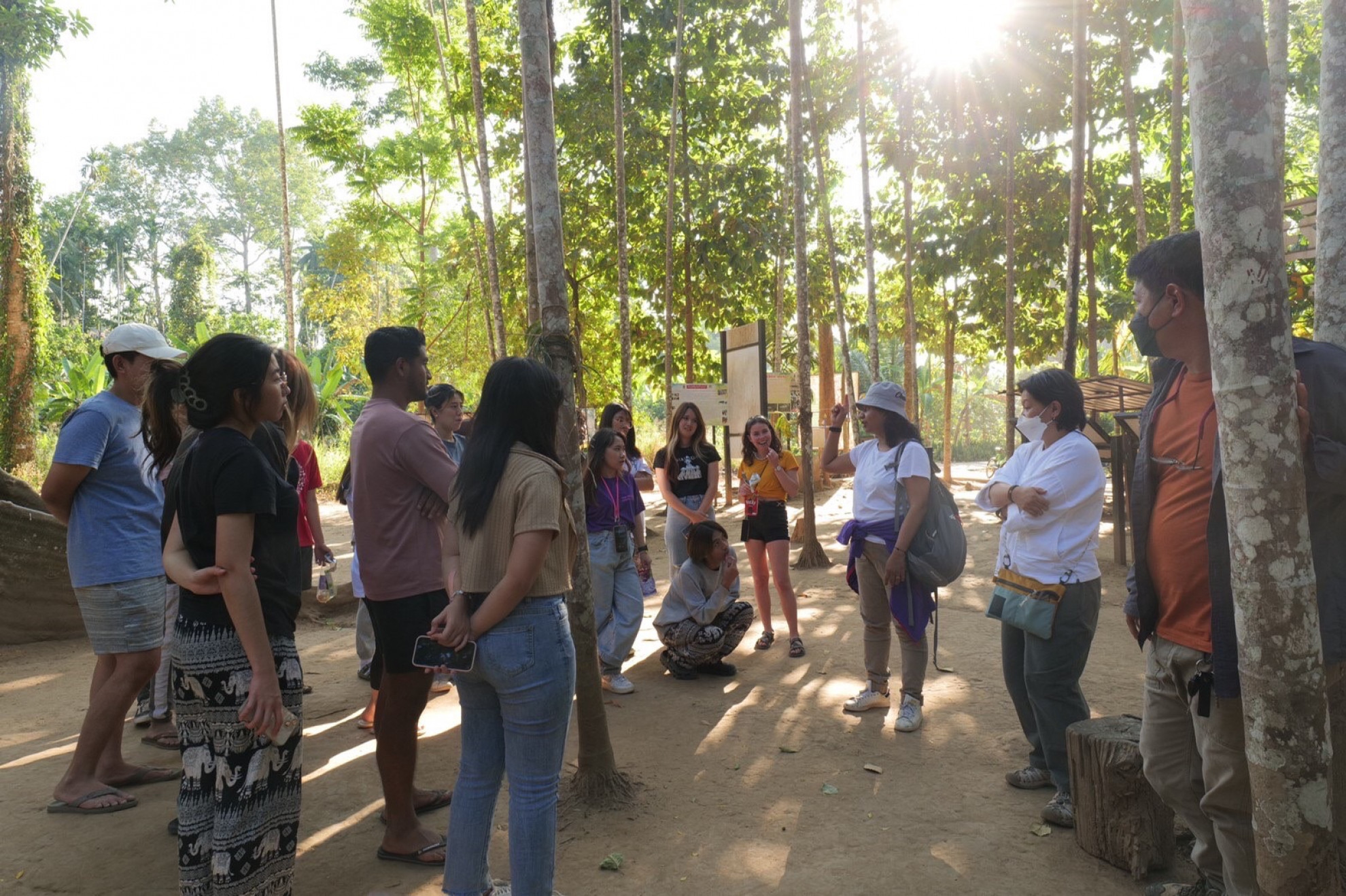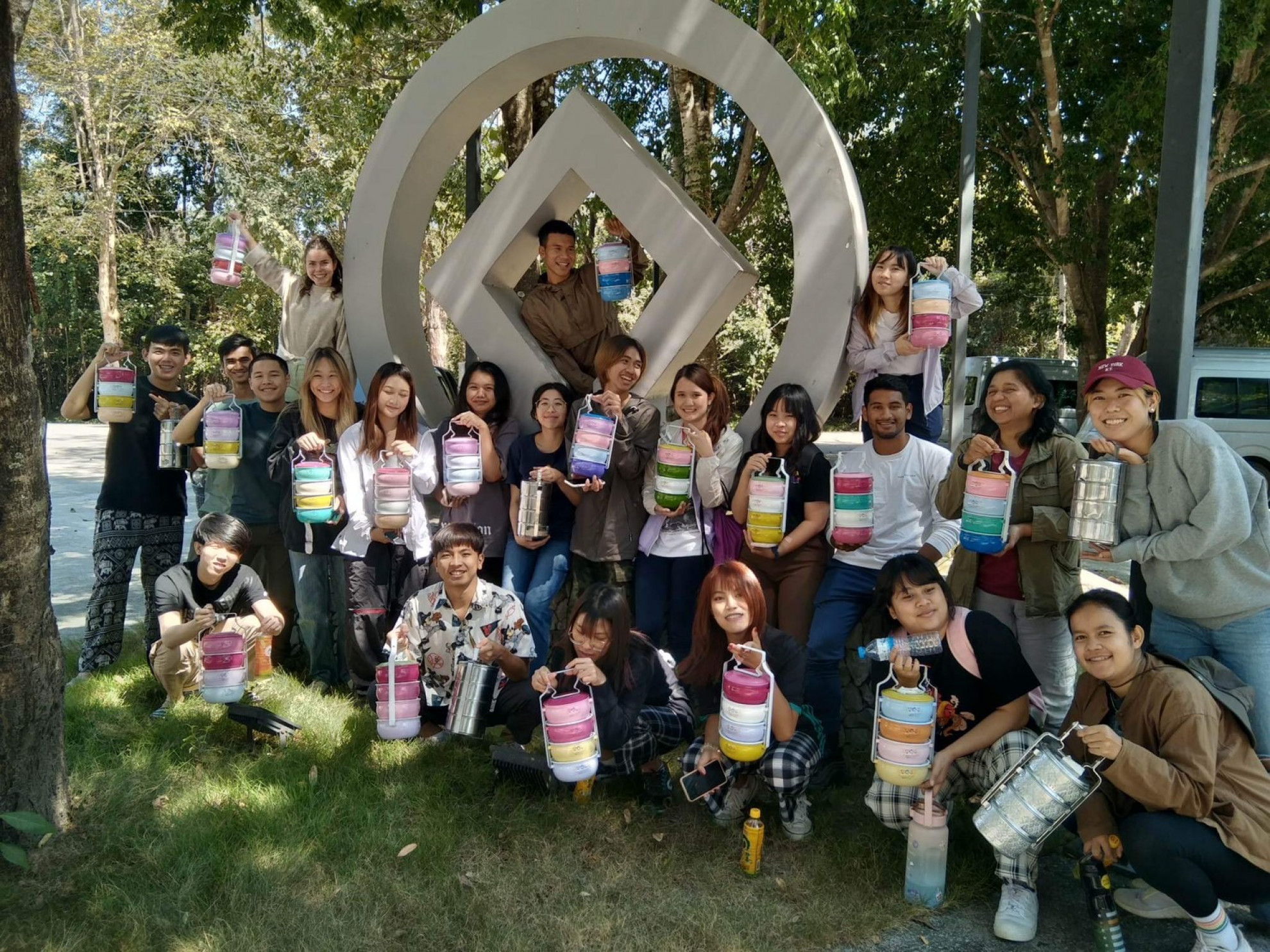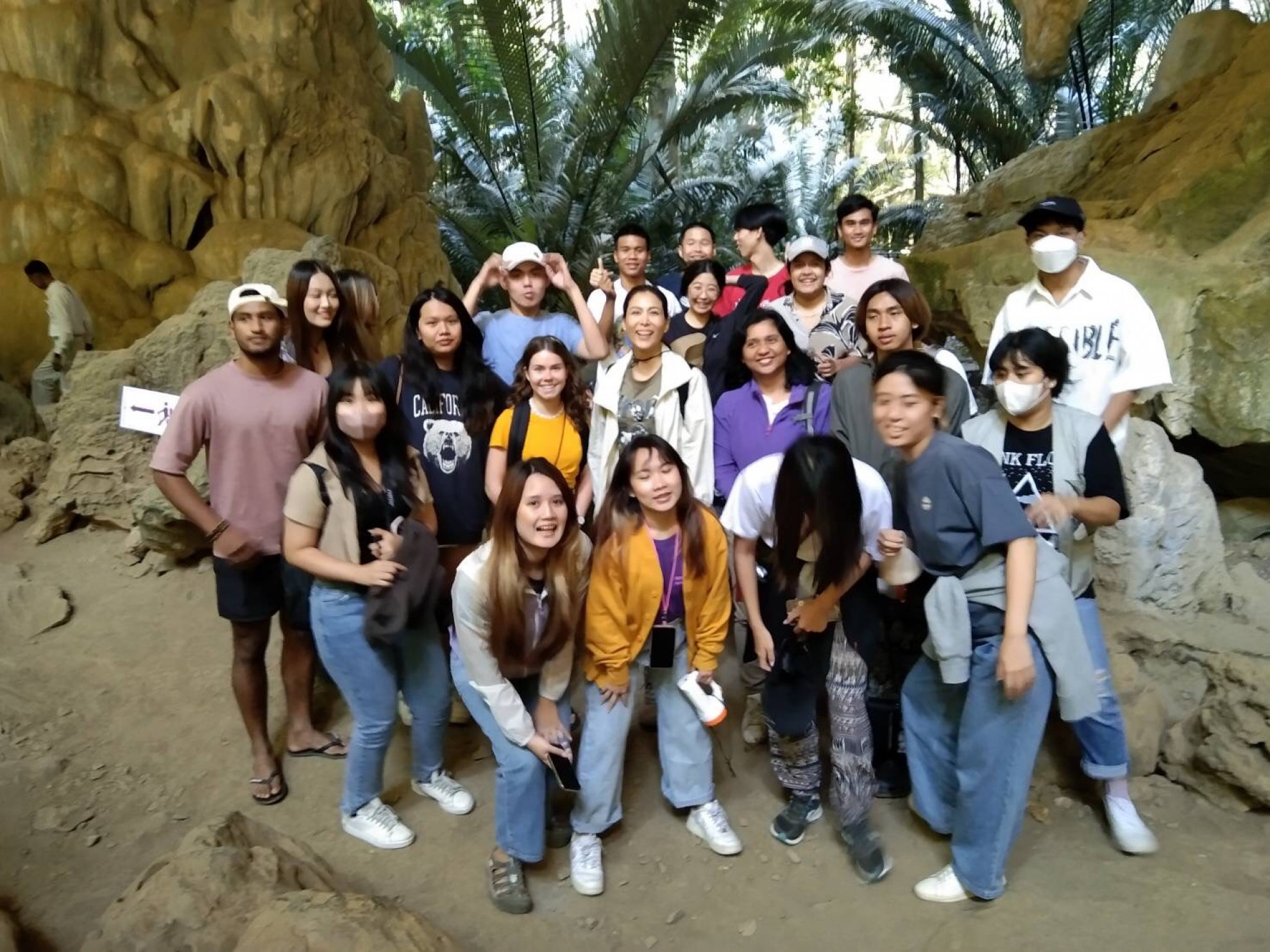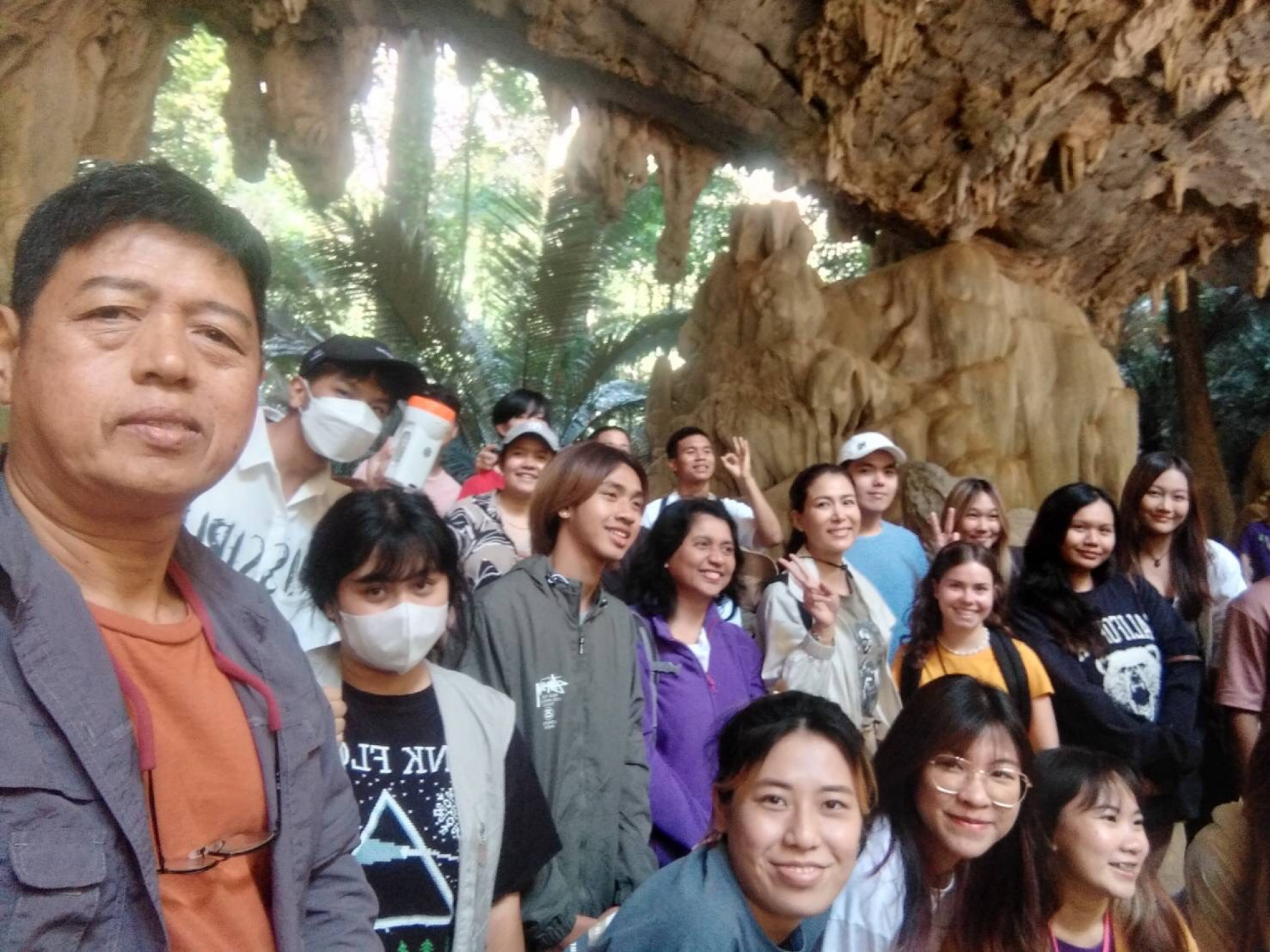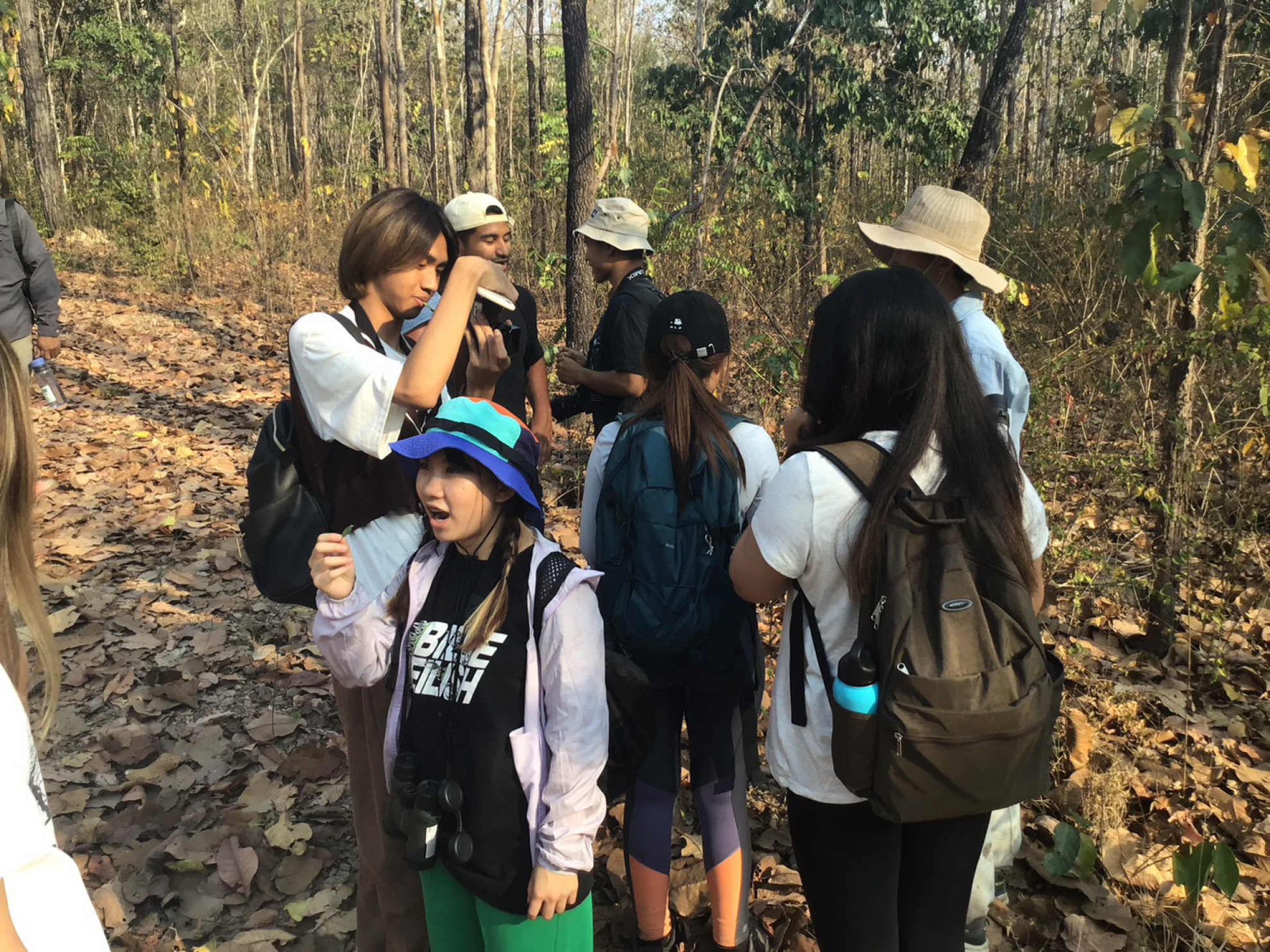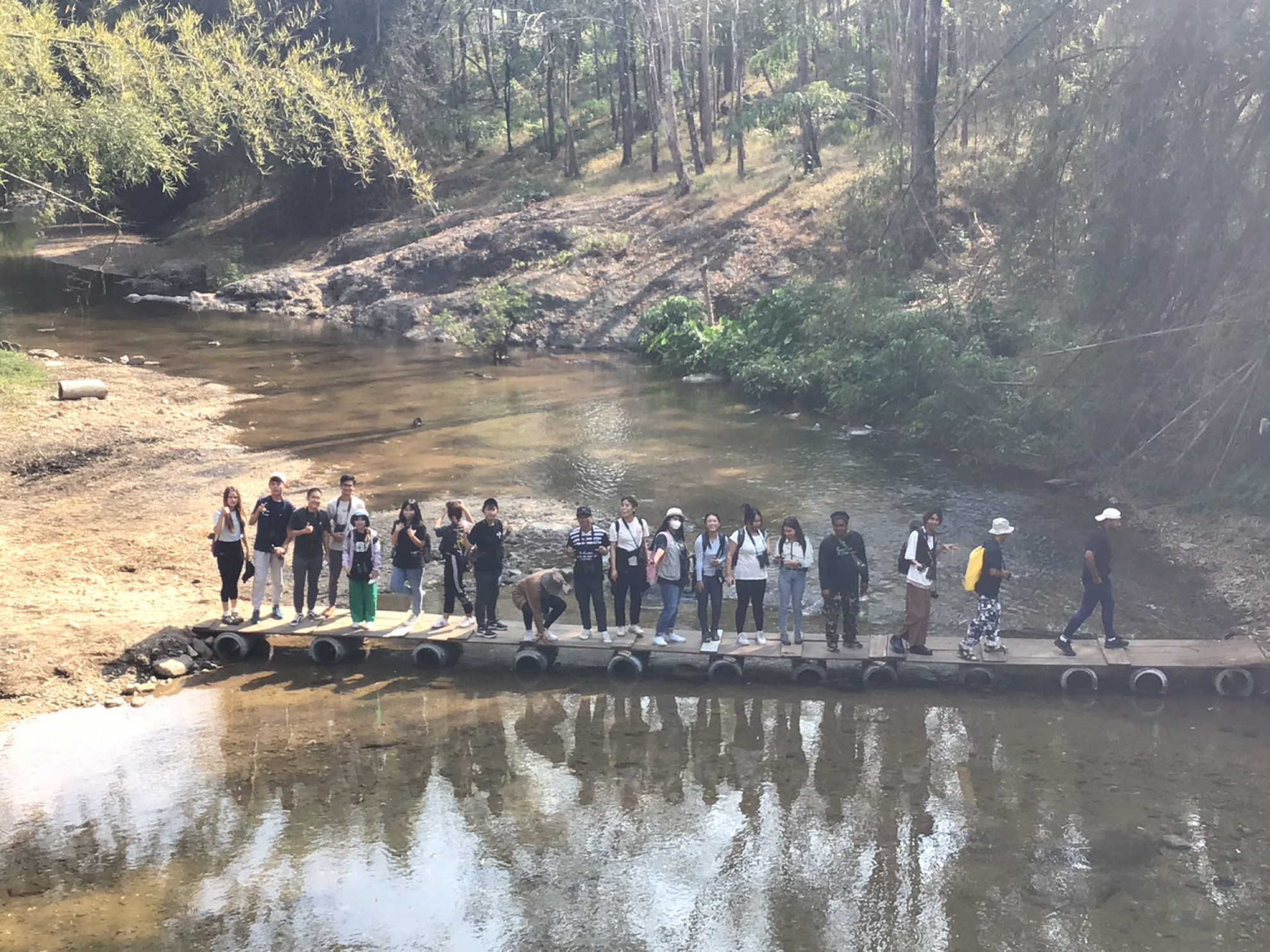





| Target | Indicator | Result |
|---|---|---|

SDG 3
GOOD HEALTH AND WELL-BEING
|
||
| 3.d Strengthen the capacity of all countries, in particular developing countries, for early warning, risk reduction and management of national and global health risks | 3.d.1 International Health Regulations (IHR) capacity and health emergency preparedness | The wildlife conservation management is the concept to support ecosystem service which benefit to human. |

SDG 6
CLEAN WATER AND SANITATION
|
||
| 6.4 By 2030, substantially increase water-use efficiency across all sectors and ensure sustainable withdrawals and supply of freshwater to address water scarcity and substantially reduce the number of people suffering from water scarcity | 6.4.1 Change in water-use efficiency over time | Wildlife is the indicator increasing the water consumption. Adding more natural resource will be more water to support the species. |
| 6.4.2 Level of water stress: freshwater withdrawal as a proportion of available freshwater resources | Water stress comes from the un balance of the natural resource management. | |

SDG 11
SUSTAINABLE CITIES AND COMMUNITIES
|
||
| 11.5 By 2030, significantly reduce the number of deaths and the number of people affected and substantially decrease the direct economic losses relative to global gross domestic product caused by disasters, including water-related disasters, with a focus on protecting the poor and people in vulnerable situations | 11.5.2 Direct economic loss in relation to global GDP, damage to critical infrastructure and number of disruptions to basic services, attributed to disasters | Natural resource can provide the benefit to the local economic. |

SDG 12
RESPONSIBLE CONSUMPTION & PRODUCTION
|
||
| 12.b Develop and implement tools to monitor sustainable development impacts for sustainable tourism that creates jobs and promotes local culture and products | 12.b.1 Number of sustainable tourism strategies or policies and implemented action plans with agreed monitoring and evaluation tools | Wildlife and natural resource management could be the main target for maintaining the destination for sustainable tourism. |

SDG 13
CLIMATE ACTION
|
||
| 13.1 Strengthen resilience and adaptive capacity to climate-related hazards and natural disasters in all countries | 13.1.2 Number of countries that adopt and implement national disaster risk reduction strategies in line with the Sendai Framework for Disaster Risk Reduction 2015 2030 | The knowledge of wildlife conservation management could be used to implement the sustainable resource management in the global level. |
| 13.b Promote mechanisms for raising capacity for effective climate change-related planning and management in least developed countries and small island developing States, including focusing on women, youth and local and marginalized communities | 13.b.1 Number of least developed countries and small island developing States that are receiving specialized support, and amount of support, including finance, technology and capacity-building, for mechanisms for raising capacities for effective climate change-related planning and management, including focusing on women, youth and local and marginalized communities | Nowsday, local communities are around protected areas and natural resources and it leads to the problem of isolated lands and small islands. This problem could lead to the higher extinction rate of species. |

SDG 15
LIFE ON LAND
|
||
| 15.1 By 2020, ensure the conservation, restoration and sustainable use of terrestrial and inland freshwater ecosystems and their services, in particular forests, wetlands, mountains and drylands, in line with obligations under international agreements | 15.1.2 Proportion of important sites for terrestrial and freshwater biodiversity that are covered by protected areas, by ecosystem type | It is very important to develop the sustainable management plans for maintaining the biodiversity and natural habitat. |
| 15.2 By 2020, promote the implementation of sustainable management of all types of forests, halt deforestation, restore degraded forests and substantially increase afforestation and reforestation globally | 15.2.1 Progress towards sustainable forest management | Forest and natural habitat management are the knowledge provided for class. The concept and application were addressed. |
| 15.4 By 2030, ensure the conservation of mountain ecosystems, including their biodiversity, in order to enhance their capacity to provide benefits that are essential for sustainable development | 15.4.1 Coverage by protected areas of important sites for mountain biodiversity | The key site of maintaining the biodiversity and maintaining the protected areas are address in class. Students can learn from many case studies applying the theory to practice through the field trip. |
| 15.5 Take urgent and significant action to reduce the degradation of natural habitats, halt the loss of biodiversity and, by 2020, protect and prevent the extinction of threatened species | 15.5.1 Red List Index | The concept of protected area management are provided for students. The basic concept of ecosystem service are provided. |

SDG 17
PARTNERSHIPS FOR THE GOALS
|
||
| 17.6 Enhance North-South, South-South and triangular regional and international cooperation on and access to science, technology and innovation and enhance knowledge-sharing on mutually agreed terms, including through improved coordination among existing mechanisms, in particular at the United Nations level, and through a global technology facilitation mechanism | 17.6.1 Number of science and/or technology cooperation agreements and programmes between countries, by type of cooperation | Various techniques or science for developing the knowledge of wildlife conservation management. |
The Project combined with fieldtrip in the Wildlife Conservation Management course. Students learned ecological theory and concept of how to maintain ecosystem as the sustainable attraction. Students will learn all the theories and concept in class from course instructor and special guest who are expert in the area. Course provided the fieldtrip to visit the site that reflect to the successful achievement on wildlife conservation management. Students learn the case studies and integrate with the international global trends to protect biodiversity
The impacts were very high from the achievement of students to understand the ecological concept. Students in tourism program could be able to manage all activities in the practical ways and they will be able to again awareness. Students learned to be good in conservationist or conservation supporter. They participated in many conservation activities and sustainable tourism. Some student applies for jobs in hospitality service in sustainability area and conservation.
